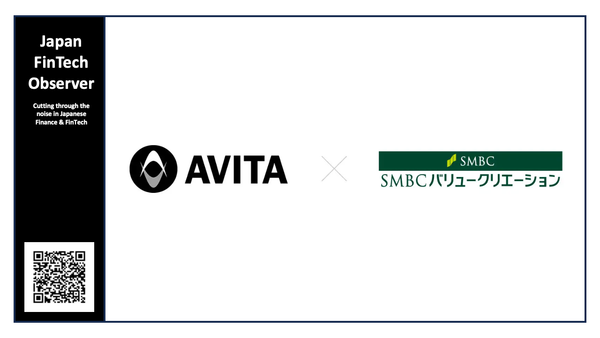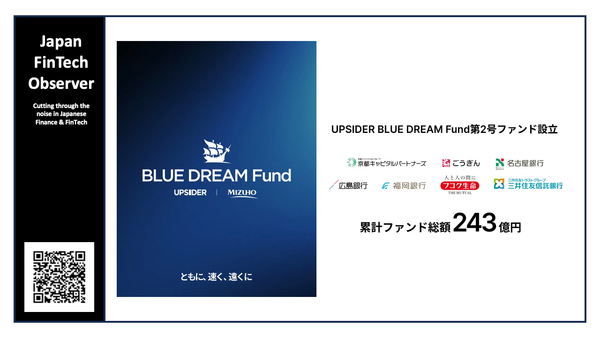IMF Technical Note on Regulation and Supervision of FinTech in Japan
This IMF technical note provides an in-depth analysis of Japan’s FinTech sector, focusing on its regulatory framework, supervisory…

This IMF technical note provides an in-depth analysis of Japan’s FinTech sector, focusing on its regulatory framework, supervisory practices, and systemic risk monitoring, particularly in the areas of digital payments and crypto assets. It draws upon discussions with government officials, private sector entities, and evolving guidance from international organizations to provide a detailed overview and offer actionable recommendations.
FinTech in Japan: A Slow Start with Recent Growth
While Japan boasts a sophisticated financial system, FinTech adoption has been comparatively slow compared to its regional peers. Despite this, recent years have witnessed notable growth, particularly in the digital payments sector. Although cash and credit cards remain prevalent, the use of QR code and smartphone app payments facilitated by Funds Transfer Service Providers (FTSPs) and Prepaid Payment Instrument Issuers (PPIIs) has surged, spurred by government initiatives promoting cashless transactions.
The banking sector is also gradually embracing digital transformation, with increased use of open banking and a rise in digital banks, albeit their presence remains relatively modest.
Japan’s crypto market, a pioneer in the early days of crypto activity, experienced a setback after security breaches in 2014 and 2018. Despite this, its regulatory framework for crypto assets is relatively mature, boasting a long track record of licensing and supervising crypto exchanges. Recent trends indicate a resurgence in crypto adoption, placing Japan among the top 20 countries globally. However, the domestic trading volume remains low, potentially due to stricter regulatory requirements.
Tokenization is emerging but remains limited, primarily focused on real estate trust fund units and corporate bonds. InsurTech is in its nascent stages, with minimal FinTech-related initiatives.
Institutional Framework and Regulatory Approach: A Coordinated Approach
Japan’s FinTech development is guided by government-wide policies rather than a dedicated strategy. The Financial Services Agency (FSA) plays a central role in overseeing FinTech regulation and supervision. It actively monitors FinTech developments, engages with the industry, and revises the regulatory perimeter as needed.
A key element of Japan’s approach is the Cabinet-level Regulatory Sandbox, facilitating the testing of innovative technologies, including those within the FSA’s purview. The FSA, through its Fintech Policy Office, coordinates internally, engages with external stakeholders, and monitors FinTech-related firms. It lacks a systematic approach to data gathering beyond information from licensed firms, but analyzes available data to understand market trends.
Recent regulatory initiatives by the FSA, driven by technological advancements and the evolving FinTech landscape, include amendments to the Payment Services Act (PSA), the Banking Act, and the Financial Instruments Exchange Act. These amendments aim to ensure adequate coverage of FinTech-related issues, safeguard investor protection, and accommodate new services and products.
Digital Payment Services: Striking a Balance Between Growth and Risk
The rapid growth of digital payment services necessitates heightened monitoring and enhanced supervision. The FSA’s focus should be on ensuring the stability of the rapidly expanding FTSP and PPII sectors.
For PPIIs: The FSA should assess the adequacy of the current requirement for third-party PPIIs to retain 50% of client funds, considering the rapid growth and digital availability of prepaid cards. An expansion to 100% retention, at least for third-party PPIs, should be considered, aligning with international best practices.
For FTSPs: The FSA needs to closely monitor the sector’s development to determine the adequacy of existing regulatory safeguards. Requiring FTSPs to develop wind-down plans in the event of failure, especially in the absence of specific capital requirements, could mitigate potential risks.
SuperApps: The FSA should monitor the development of SuperApps by digital payment providers, analyzing their growth implications and potential risks beyond the payments sector.
Collaboration between the FSA and Local Finance Bureaus (LFBs) is crucial to ensure effective supervision of FinTech-related registrants. The FSA should prioritize clear communication of supervisory concerns and priorities to LFBs, providing regular training on FinTech-related risks to equip supervisors with the necessary knowledge.
Crypto Assets: A Comprehensive Framework with Room for Improvement
Japan’s regulatory framework for crypto assets is considered comprehensive, incorporating detailed prudential and conduct requirements for Crypto Asset Exchange Service Providers (CESPs). The framework, developed in response to early investor protection concerns, has evolved to include strict safeguards, particularly regarding asset segregation and the compulsory use of cold wallets.
The FSA, through a rigorous screening process involving documentation review, interviews, and onsite visits, ensures the licensing of new service providers and the listing of new crypto assets. It actively supervises licensed firms, leveraging data reporting, onsite inspections, and collaboration with LFBs.
Recommendations for Enhancement
Market Surveillance: The FSA should collaborate with the industry to enhance the market surveillance approach of CESPs, tailoring it to the specificities of crypto asset markets to improve the detection of market abuse conduct.
Investor Education: Expanding investor education efforts beyond warnings and alerts is crucial. The FSA should adopt a broader approach, educating the public on the risks associated with crypto assets and the safeguards provided by the existing regulatory framework. This could help deter participation in unregulated markets.
Enforcement: Reviewing the effectiveness of the enforcement program is key. Granting the FSA the ability to impose monetary penalties, especially against foreign firms, could enhance deterrence and prevent unlicensed CESPs from operating in Japan. The FSA should also monitor the SRO’s enforcement program to ensure it is robust and utilizes its powers, including penalties, when necessary.
Key Takeaways
Japan’s FinTech sector, while developing at a slower pace compared to some peers, is experiencing a period of growth, particularly in digital payments and crypto assets. Its regulatory framework, based on a coordinated approach and proactive monitoring, provides a sound foundation for managing potential risks and fostering innovation.
However, continuous adaptation is essential to keep pace with the evolving FinTech landscape. Strengthening data gathering and analysis, ensuring robust supervision of digital payment providers, enhancing investor education, and bolstering enforcement measures are critical steps to safeguard financial stability and support the sustainable growth of Japan’s FinTech sector.
Please follow us to read more about Finance & FinTech in Japan, like hundreds of readers do every day. We invite you to also register for our short weekly digest, the “Japan FinTech Observer”, on Medium or on LinkedIn. Our global Finance & FinTech Podcast, “eXponential Finance” is also available through its own LinkedIn newsletter, or via our Podcast Page.
Should you live in Tokyo, or just pass through, please also join our meetup. In any case, our YouTube channel and LinkedIn page are there for you as well.




